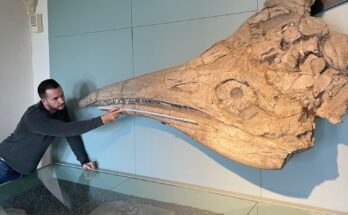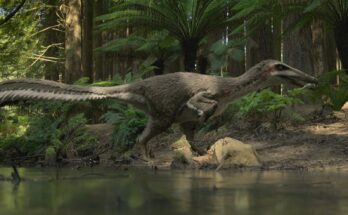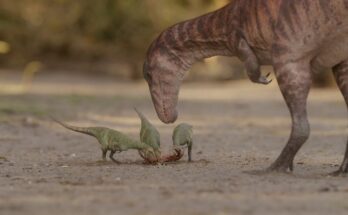Introduction
In the shadow of giant sauropods and fearsome predators, a small but mighty dinosaur thrived—Zalmoxes, the dwarf iguanodont of Late Cretaceous Europe. This compact herbivore proves that size isn’t everything, surviving in an island world where evolution took strange turns.
In this compact but mighty profile, we’ll explore:
✔ Why island life shrunk this dinosaur (the “island rule” in action!)
✔ Its unique armor—unlike any other ornithopod
✔ How it survived alongside dwarf titans & giant pterosaurs
✔ The mystery of its extinction
Get ready to meet the pint-sized tank of Hațeg Island!
Chapter 1: Discovery & Naming—Europe’s Mini-Dino
The Hațeg Basin Finds (1895-Present)
- First discovered in Romania’s Hațeg Basin (famous for dwarf dinosaurs).
- Named in 2003 after Zalmoxis, a Thracian deity—reflecting its local roots.
- Two species: Z. robustus (stockier) & Z. shqiperorum (more gracile).
Why It Fascinates Scientists
- Adults only 6-13 ft (2-4 m) long—tiny compared to mainland relatives.
- Bony tendons stiffened its tail—possibly for balance or defense.
- Thick, armored hide? Skin impressions suggest unusual scaly protection.
Fun Fact: Zalmoxes lived on an ancient island with dwarf sauropods (Magyarosaurus) and giant pterosaurs (Hatzegopteryx)—a topsy-turvy ecosystem!
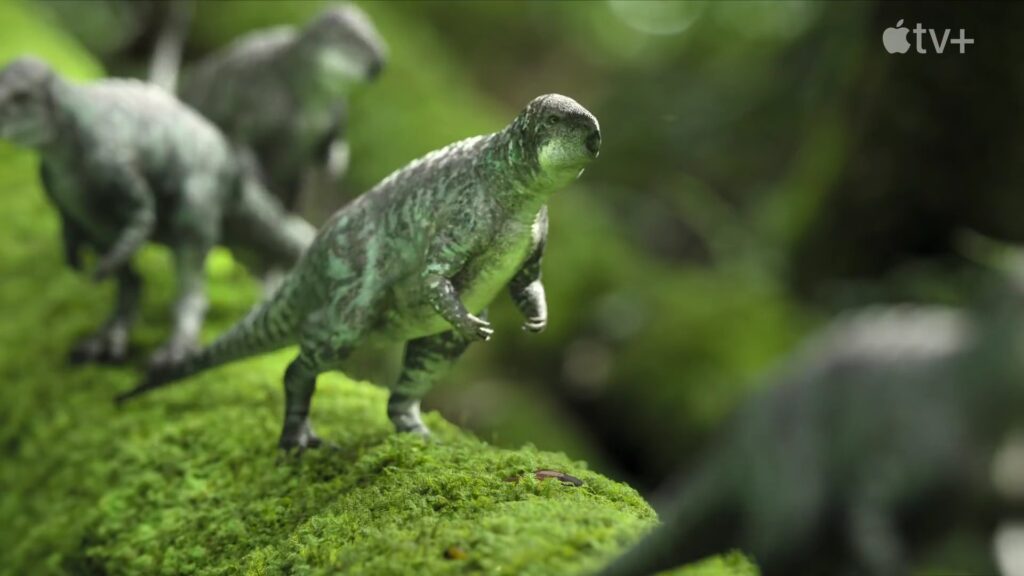
Chapter 2: Anatomy of a Dwarf Warrior
Size & Build
- Length: 6-13 ft (2-4 m)—size of a cow or large boar.
- Weight: 200-600 lbs—lighter than a grizzly bear.
- Posture: Walked on all fours but could rear up to run or browse.
Defensive Adaptations
✔ Thick, scaly skin (possibly with embedded osteoderms).
✔ Stiff tail—may have been used as a counterbalance or weapon.
✔ Sharp beak for cropping tough island plants.
Island Dwarfism Explained
- Limited resources on islands often shrink large animals over generations.
- Predators like Hatzegopteryx kept pressure on small herbivores.
Myth Buster: Despite its size, Zalmoxes was NOT a juvenile—its bones show it was fully grown!
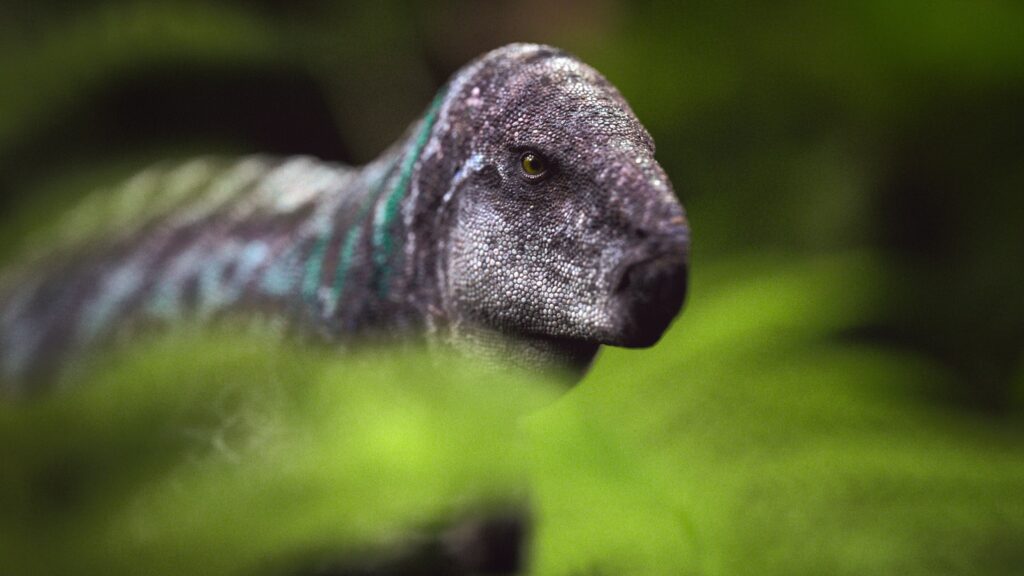
Chapter 3: Life on Hațeg Island
Diet & Survival
- Ate cycads, ferns, and conifers—gnawing with its horny beak.
- Likely traveled in small herds for protection.
Predators & Perils
- Hatzegopteryx—a giant, predatory pterosaur that could snatch juveniles.
- Balaur—a stocky, two-clawed “raptor” unique to the island.
Big Question: Did Zalmoxes burrow or hide to escape predators?
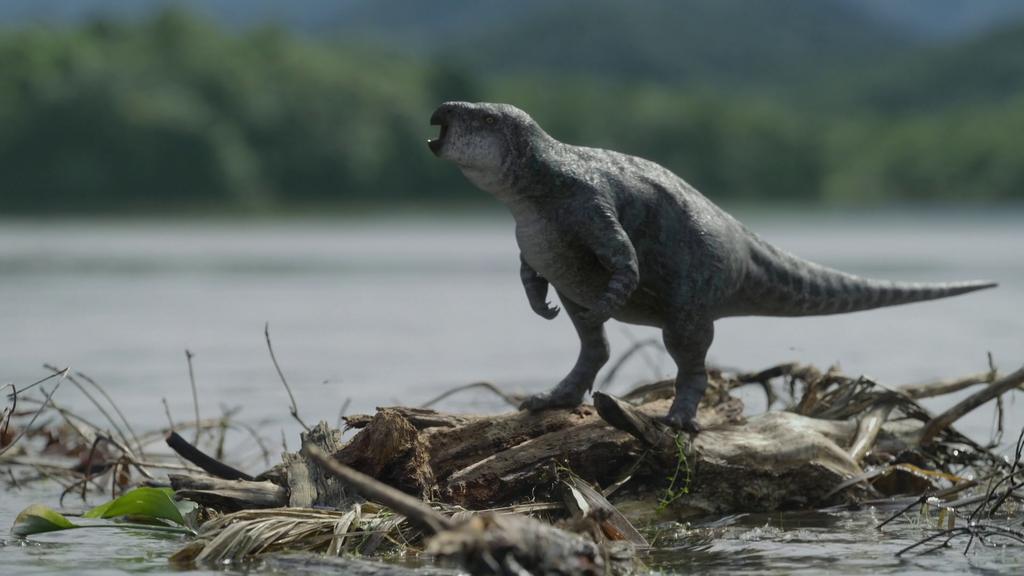
Chapter 4: Why Zalmoxes Matters
A Case Study in Island Evolution
- Shows how isolation reshapes dinosaurs (like Komodo dragons vs. mainland monitors).
- Proves that not all ornithopods were giants.
Europe’s Dinosaur Oddity
- Part of Romania’s “dwarf dinosaur” ecosystem—a lost world of mini-beasts.
Chapter 5: Extinction—The Island’s Last Stand
The K-Pg Asteroid (66 Million Years Ago)
- Died with all non-avian dinosaurs.
- Its unique island world vanished beneath the waves.
Living Relatives?
- None—but its legacy lives on in Romania’s Hațeg Geopark.
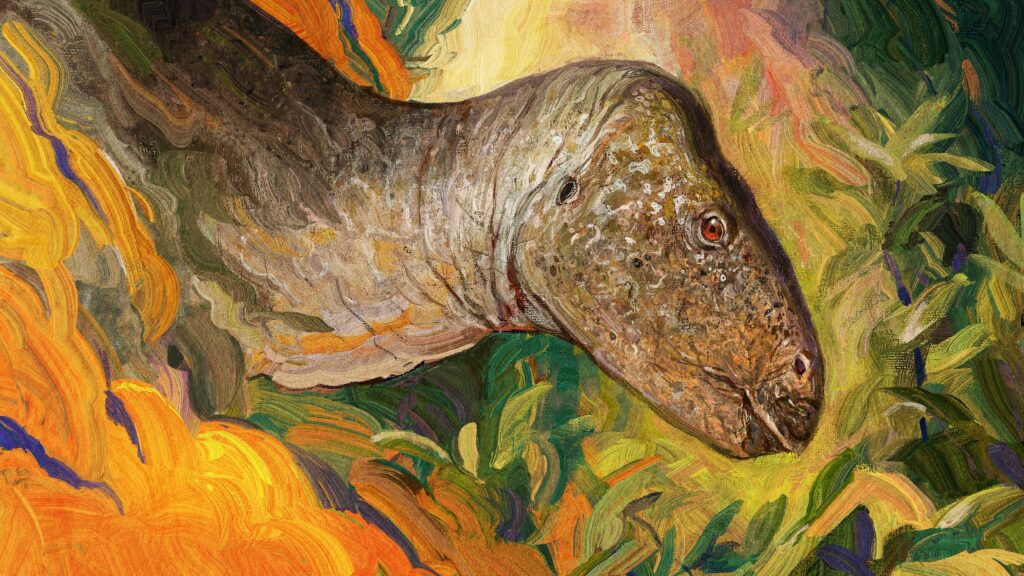
Conclusion: Small But Unbreakable
Zalmoxes was evolution’s experiment in miniaturization—a tough little herbivore that thrived where giants shrank. If not for the asteroid, could it have evolved into something even stranger?
Final Thought: If Zalmoxes survived, would we have armored, cow-sized dinosaurs today?
Want More Island Dino Stories?
✅ Follow for more prehistoric oddities!
✅ Comment: What’s your favorite dwarf dinosaur? 🦕🏝️
